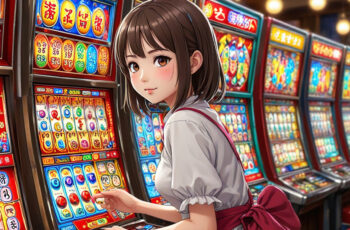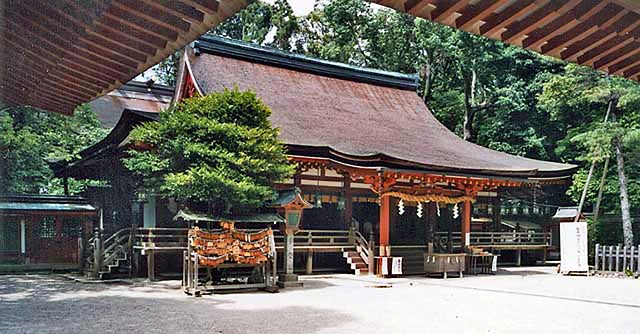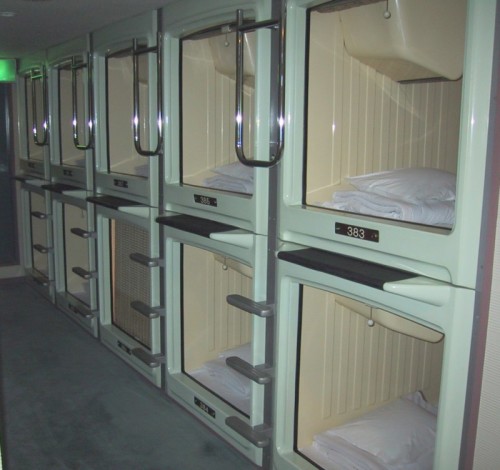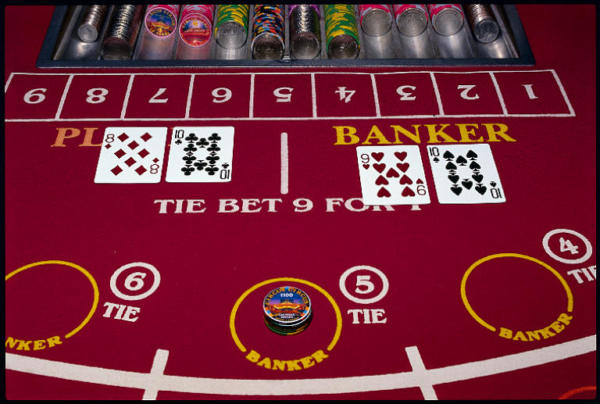
His love for the game led to problems with creditors. When he died, he owed $9 million to American casinos (New York Times, 1992).
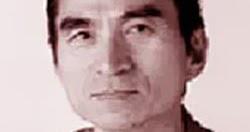
At age 54, he was found dead in his kitchen, stabbed 150 times with an object resembling a Japanese sword (Watanabe, 1992; New York Times, 1992).
Japanese media speculated one of Kashigawa’s creditors decided to make an example of him.
His house lacked signs of forced entry, and Kashigawa always locked his home (Watanabe, 1992).
The middle child of 10, he worked as a farmhand and later as a guide at Mt. Fuji. Kashigawa entered real estate just as the market began to explode, but his money-lending business earned him a shady reputation. He was said to disappear on loan-due dates so debtors couldn’t pay. Kashigawa would then seize their property. He seized land a kindergarten stood upon, evicted the children, tore down the school, and built an apartment complex (Watanabe, 1992).
His murder was never solved.
Japanese and American Violence
It sounds like a crime straight out of CSI or NCIS. For those of us in the United States we shrug. Murder is so common in the news that we only blink. Back in 2008, the US saw more than 12,000 gun-related murders. Japan: 11 (Engel, 2014). Kashigawa’s death stands out because of its rarity and circumstances. According to a study by the United Nation’s Office on Drugs and Crime (2014) less than 1 person in 100,000 is murdered in Japan. In the US, that number is 4.8 per 100,000. The report further explains why:
The country’s homicide rate is associated with a stable and prosperous society with low inequality and high levels of development. Young Japanese males now commit only a tenth of the homicides committed by their predecessors in 1955, and the age and sex distribution of victims tend to be uniform across age groups. This has been attributed by some researchers to, amongst other factors, extremely low levels of gun ownership (1 in 175 households), a greater chance of detection (according to police data, 98 per cent of homicide cases are solved), the rejection of violence after the Second World War, the growth of affluence without the accompanying concentrations of poverty common in many highly developed countries, and the stigma of arrest for any crime in Japanese society.
This isn’t to idealize Japan. If anything, Kashigawa’s death suggests a strong presence of organized crime in Japan, which most people who study Japan are aware of. Rather, I want us to think how we consider crime. TV shows like CSI and NCIS make crime glamorous in many ways. Sure, the bad guys get caught, but crime is shown as an exciting chase, a battle of wits. Criminals appear to be heroes against the government and the status quo. Anime like Psycho Pass and Ghost in the Shell show the same. Crime is generated by society. There is a strong correlation between crime and economic opportunity (Kanayama, n.d.). Money had a hand in Kashigawa’s death. People with fewer economic options (or feel their business is threatened) resort to theft and violence. American society often focuses on having more and better. That pressure stresses those who lack the economic options, and many turn to crime. Ghost in the Shell touches on the higher end of this. Those with wealth often turn to crime because they seek to preserve their lifestyle or feel as if they can get away with it.
In any case, Japan may have lower gun violence than the US, but that is primarily because gun ownership is lower. An act in 1958 limited ownership of weapons by citizens: “No person shall possess a firearm or firearms or a sword or swords,” with a few exceptions (Allemon, 2000). This law didn’t prevent Kashigawa’s murder. This blog post is turning a little political, but these are topics that we need to discuss. Swords and many types of guns are designed for one thing: to kill people.
Limiting access would reduce the number of deaths associated with these weapons. The proof is in the statistics, but it cannot eliminate it. After all, 11 people still died from guns in Japan in 2008. If we could magically make all guns disappear in the United States, we will still see just as much violence. Although we would probably see fewer fatalities. The issue isn’t with firearms (for the record, I come from a hunting family, and I have no issues with owning hunting rifles and shotguns and other hunting-oriented firearms) but with society. Japanese culture’s focus on community and family encourages its lower level of violent crime.
Likewise, American individualism encourages violent crime. Individualism places value of the self above that of the community. It makes selfishness a virtue, and selfishness leads to increased disregard for the welfare of others. However, you can also argue community can encourage violence: gangs. Gangs appear when a sense of belonging is missing. But if American community hadn’t eroded as it has, gangs would have fewer voids to fill.
This is a heavy set of topics for an anime and culture blog, but it is important for us to think about these problems. It is important to set aside all the media hubris on the issues and the political hubbub about gun ownership. We must look at the underlying reasons why violence happens. It will never disappear, but deep societal change, a slight shift away from individualism and toward Japanese-style communal focus, would benefit the United States.
References
Allemon, M. (2000) The Japanese Firearm and Sword Possession Control Law: Translator’s Introduction. Pacific Rim Law & Policy Journal Association.
Engel, P (2014) How Japan’s Murder Rate Got to be So Incredibly Low. Business Insider. http://www.businessinsider.com/why-japans-murder-rate-is-so-low-2014-4
Johnston, D. (1990). “At $200,000 a Hand, He’s Trumps Kind of Gambler,
Inquirer. http://articles.philly.com/1990-05-11/news/25887492_1_casino-al-glasgow-atlantic-city
Kanayama, T. an Arichika Eguchi (n.d.) Japan’s Challenge on the Increase in Crime in the New Century. https://www.npa.go.jp/english/seisaku2/crime_reduction.pdf
New York Times (1992). “A Top Gambler is Killed Owing Casinos Millions”, New York Times. http://www.nytimes.com/1992/01/12/us/a-top-gambler-is-killed-owing-casinos-millions.html
UNODC (2014) Global Study on Homicide 2013 https://www.unodc.org/documents/data-and-analysis/statistics/GSH2013/2014_GLOBAL_HOMICIDE_BOOK_web.pdf
Watanabe, T. (1992) “Global High-Roller’s Trail Ends in a Mystery,” LA Times. http://articles.latimes.com/1992-02-08/news/mn-1383_1_japan-s-real-estate

